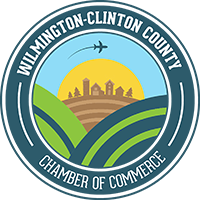Ohio workers’ comp & experience modification rate
An employer’s experience modification rate (EMR), which is determined by the Ohio Bureau of Workers’ Compensation (BWC), greatly impacts workers’ compensation premium that an employer pays. If you have safer operations, with little to no workers’ compensation claims, you will have a better than average EMR. If you have a less safe operation, with numerous costly claims, you will have a worse than average EMR. Typically, the better your EMR, the lower the premium that you will pay to the BWC.
The BWC uses your historical payroll, industry type and claim costs to determine your EMR. A company with claim costs that are typical for their size and industry, will have an EMR of 1.0. If the company has lower claim costs than typical, their EMR will be below 1.0. If the employer has higher claim costs than typical, their EMR will be above 1.0. The lower the EMR, the lower the premium that will be paid compared to similar businesses. The higher the EMR, the higher the premium that will be paid compared to similar businesses.
Additionally, the lower your EMR, the greater likelihood that you will qualify for higher discounts through group rating programs and group retrospective rating programs. These programs allow employers to band together to receive additional discounts or rebates on their premium. Discounts and refunds can exceed 50% of the premium that you pay to the BWC.
An employer’s EMR is based on claims that occurred in the past compared to historical payroll. Your payroll is categorized by your industry type. To lower your EMR, you must reduce claims and claim costs. The best claim is one that never occurs. A robust workplace safety program can limit future claims from occurring which will ultimately improve your EMR.
If your company does have a claim, there are several strategies that you can implement to help reduce the overall cost in the claim. Every claim is different, but generally, getting injured workers healthy and back to work safely and quickly, will keep costs down. There are many additional strategies that can be enacted to reduce or lower costs in a claim that has occurred. Partnering with Sedgwick will help determine the best strategies for a specific claim.
If you have any questions, contact our Sedgwick program manager, Julia Bowing at julia.bowling@sedgwick.com or ph 513-218-4062.
